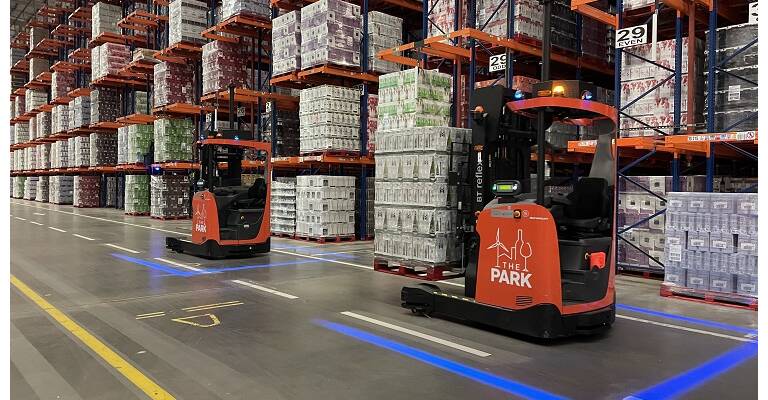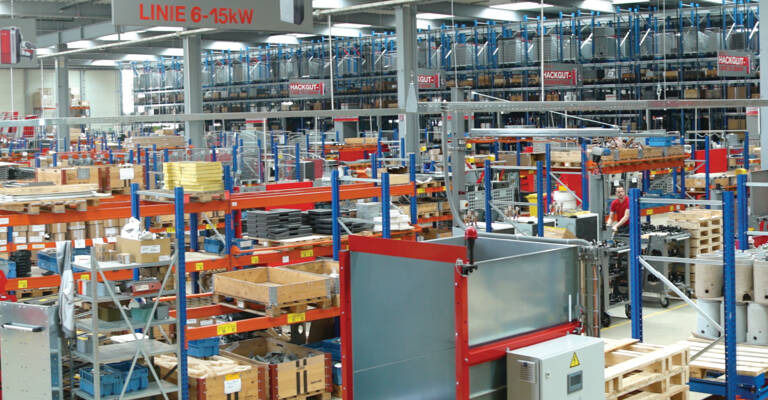Automated long-distance transport or milk runs
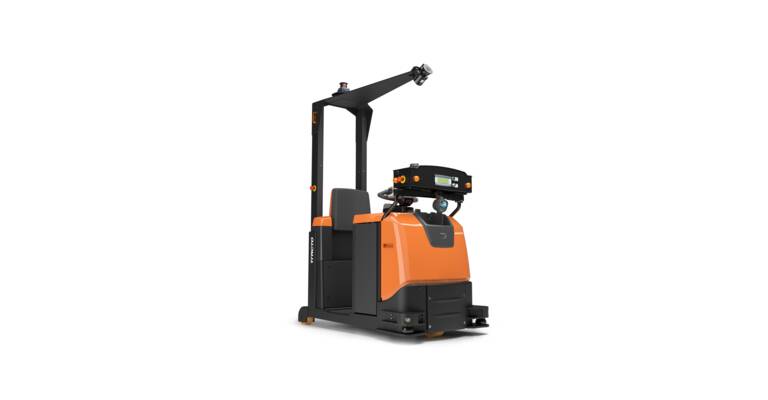
Automated tow tractor TAE500
- up to 5.0 tonne load capacity
- up to 4 load carriers
- for replenishment/milk run
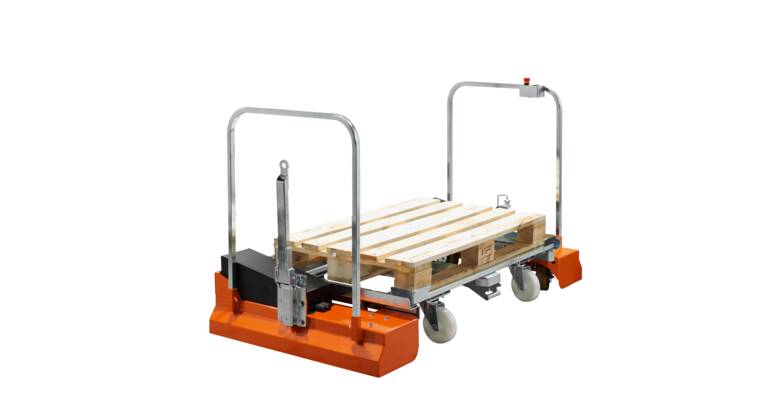
(Heavy-duty) Taxi carrier
- Full pallets
- Half pallets
- Up to 600 kg/ 1200 kg (heavy-duty)
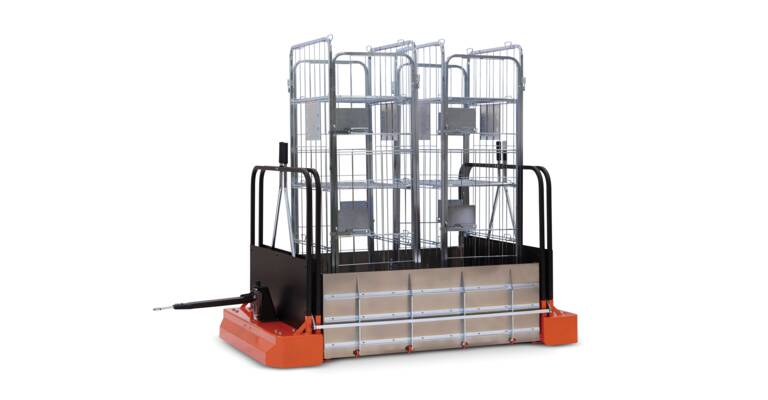
Platform taxi carrier
- Variety of loads such as roll cages, containers
- Up to 600 kg
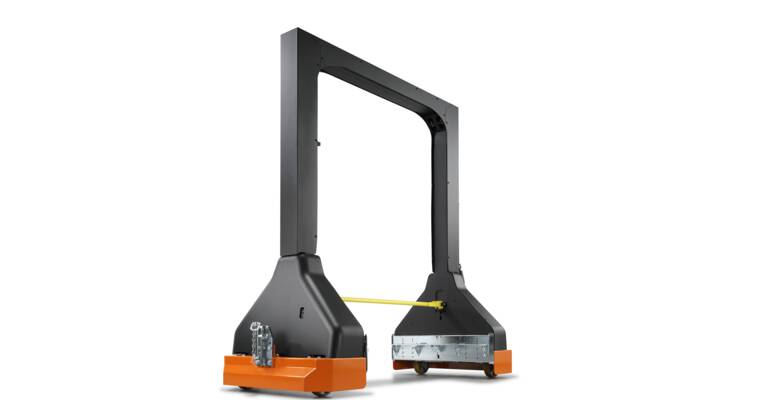
Portal taxi carrier
- Full pallet dollies
- Both side (un)loading
- Up to 1200 kg
The Autopilots in action
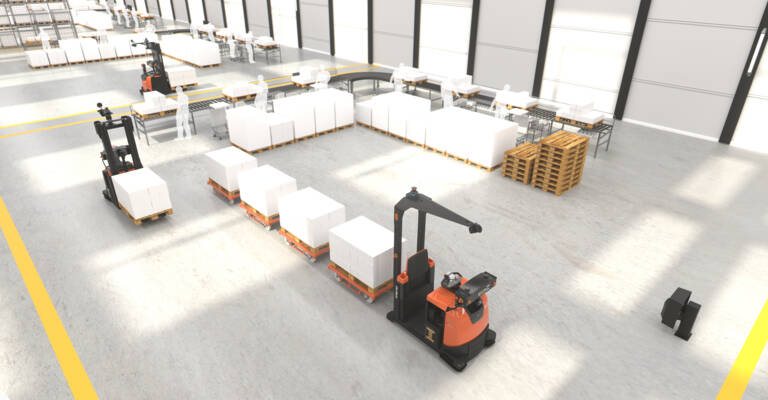
Efficient milk runs
For replenishment of production, tow trains are very efficient as they carry more pallets at one go and they offer safe fork-free material handling in busy areas such as assembly lines. Depending on your needs, the Autopilot tow tractor can be programmed to run in a single loop with one or more trains, or operating in multiple loops with several trains to support just-in-time delivery of goods. Using the “teach-in” method, the AGVs are manually driven to teach them the loops, ensuring the trolleys follow in the correct way.
Variety of load carriers
The automated towing tractors can be hooked onto a variety of Toyota carriers. Depending on the type of load, its weight, and the loading / unloading operation, you can choose the right load carrier.
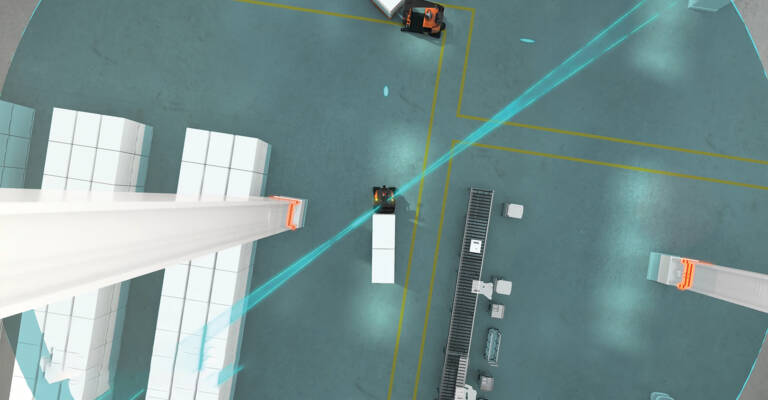
Precise navigation
Autopilot trucks from Toyota support two highly accurate and adaptive navigation technologies: reflector or natural navigation, or combined as dual navigation. With reflector navigation, reflectors are installed in the warehouse that allow the scanner on the automated truck to define its position based on its distance to the reflectors.
Natural navigation
For most automated towing solutions natural navigation can be used. Natural navigation is a method for automated trucks to navigate with the help of the environment. This navigation method utilises recognisable reference points or landmarks within the warehouse, such as walls, racking and fixed objects, to calculate the truck’s location. Natural navigation is a lower-cost alternative if the surroundings in your warehouse remain fairly constant. The truck can utilise the existing environment to navigate without the need for extra equipment such as reflectors, avoiding extra cost and installation of additional equipment.
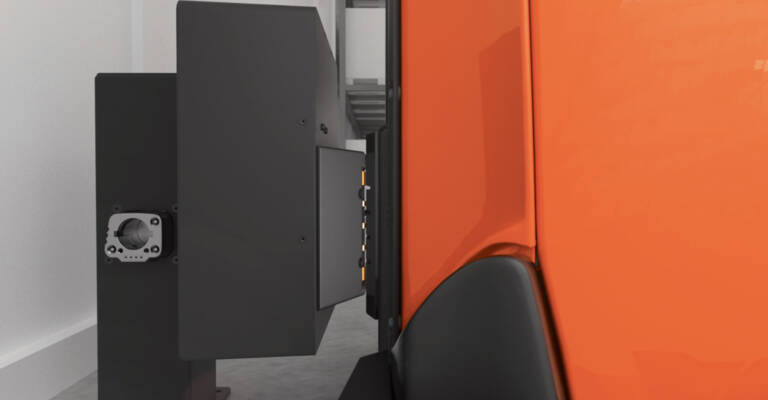
Smart charging
The Autopilots can be equipped with Lithium-ion batteries that are up to 30% more energy-efficient whilst reducing CO2 emissions. With the ability of auto-charging, the trucks can charge quickly in between tasks without the need of personnel or charging rooms, making it fully automated.
Return on investment
Automation optimises the flow of goods while minimising damage, time and cost. Workers become available to handle more complex tasks instead of repetitive processes. Automated pallet handling also requires less maintenance and energy, and contributes to productivity and safety, achieving a return on investment within typically 2 years.
More about step-by-step automation >>

